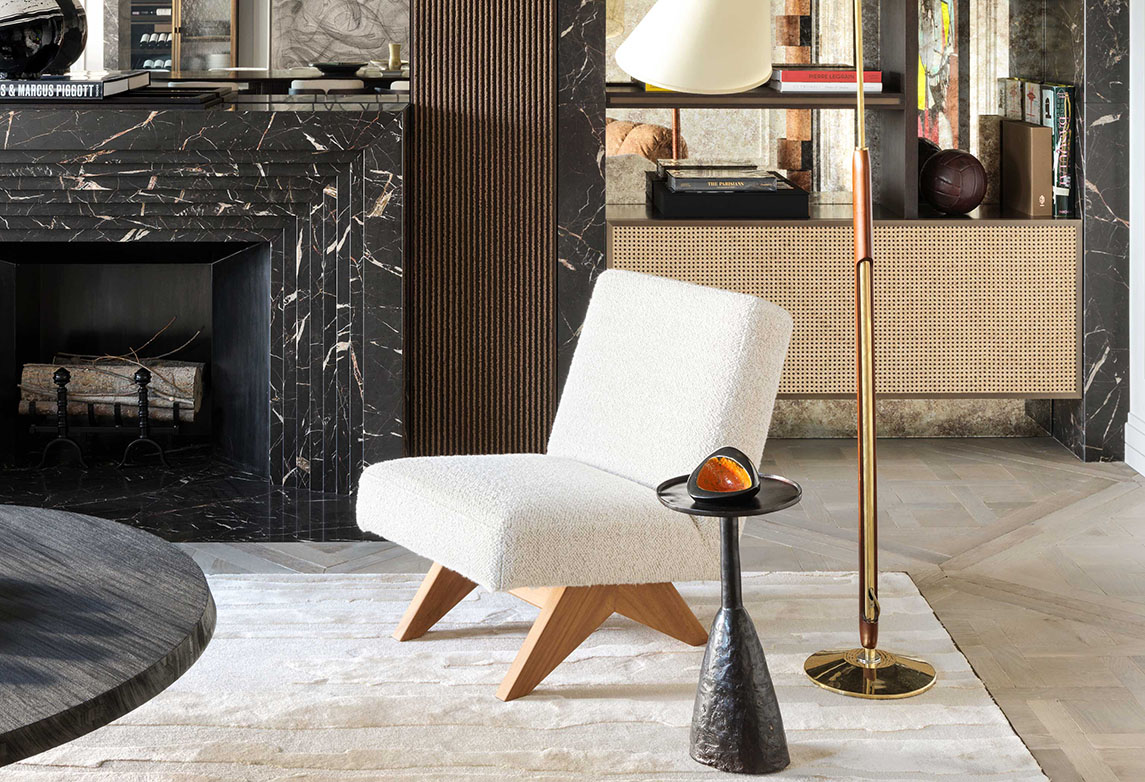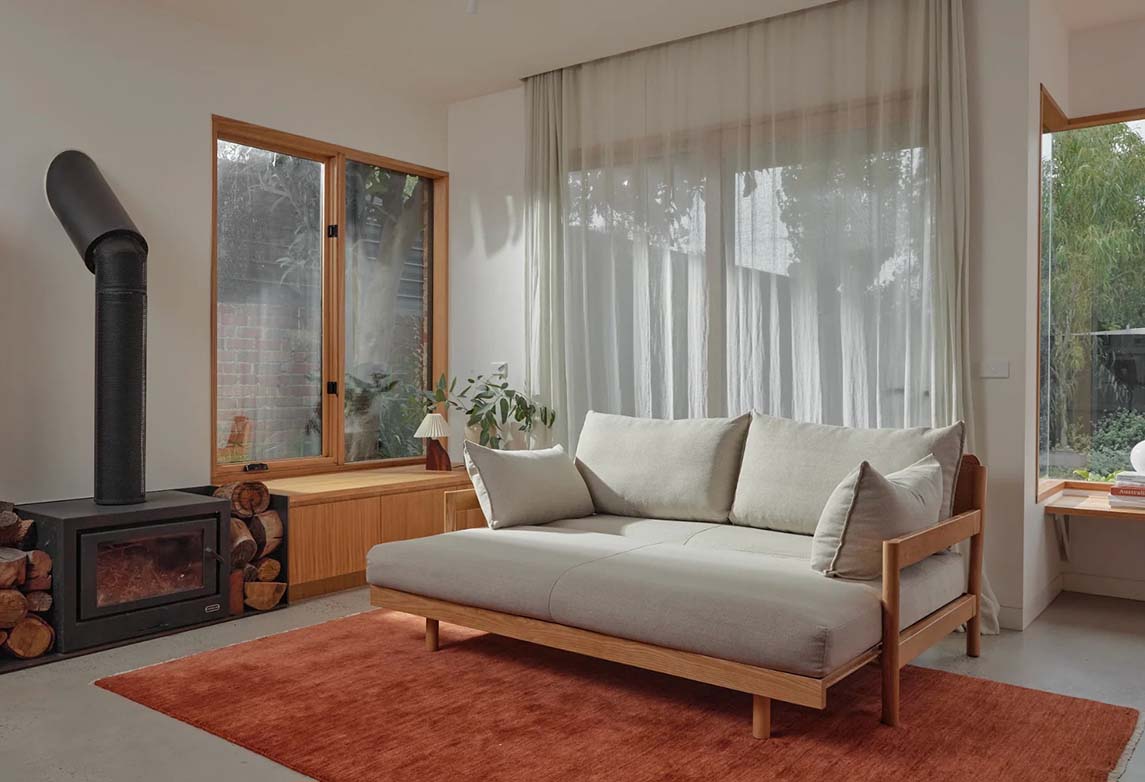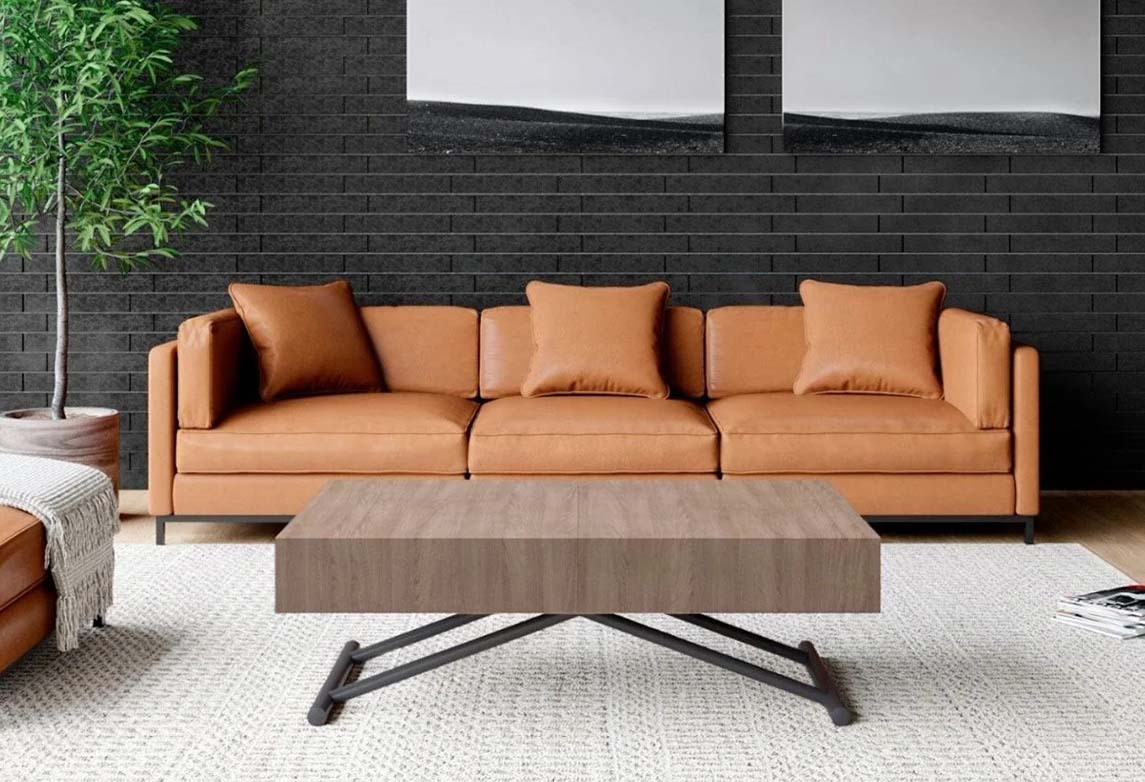When it comes to designing a living room, accent chairs can play a vital role in tying the entire space together. More than just a place to sit, the right accent chair can be a statement piece that enhances the aesthetics, provides functionality, and complements the overall design of the room. In this guide, I’ll take you through the process of choosing the perfect accent chair for your living room, including style, size, comfort, material, and how it fits into your space.
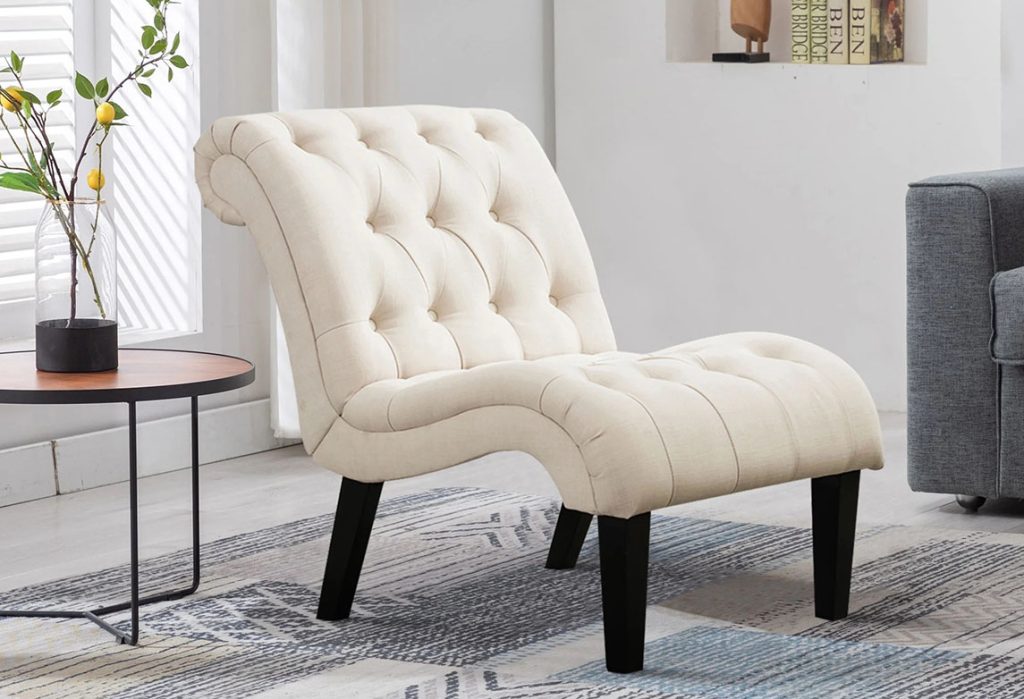
1. Understanding the Role of an Accent Chair
Accent chairs are versatile pieces of furniture designed to stand out or complement the existing decor in your living room. Whether you want to make a bold statement or add a subtle touch of sophistication, the right chair can elevate the look of your space. Here are a few primary roles accent chairs can play:
- Statement Piece: An accent chair with a vibrant color, unique shape, or bold pattern can serve as the focal point of your living room. It draws attention and adds personality to the space.
- Functional Seating: Accent chairs aren’t just for looks. They’re practical and offer extra seating for guests or for yourself when you need a different place to relax away from your main couch.
- Space Fillers: If your living room feels empty, an accent chair can fill in gaps and create balance. A corner or a spot near the window can benefit from the addition of an accent chair.
2. Identifying Your Needs and Space
Before you begin shopping for an accent chair, it’s crucial to evaluate your space and needs:
- Available Space: The size of your living room will dictate the size and number of accent chairs you can comfortably fit. In a smaller room, a single, smaller chair may be ideal, whereas a larger room can accommodate multiple chairs or oversized seating.
- Purpose of the Chair: Will the chair be used for regular seating or only occasionally? If it’s for everyday use, comfort should be prioritized, but if it’s primarily decorative, you may focus more on style.
- Complementing the Layout: Consider where you’ll place the chair. Will it be beside the sofa, in a reading nook, or near a coffee table? The location affects the type and size of chair you’ll want.
3. Types of Accent Chairs
There are many styles of accent chairs, each offering different characteristics and benefits. Here are some of the most popular types:
- Armchairs: Classic and versatile, armchairs offer both style and comfort. They are perfect for lounging or providing a comfortable spot to curl up with a book. Armchairs often come in various designs, from traditional tufted to sleek, modern silhouettes.
- Slipper Chairs: Known for their armless design, slipper chairs are ideal for smaller spaces. Their lower profile gives them a modern, sleek appearance. They are perfect for adding style without taking up too much room.
- Wingback Chairs: Wingback chairs are a traditional choice with high backs and side “wings” that offer a cozy, enveloping feeling. They work well in more formal living rooms and can be a statement piece.
- Recliners: If comfort is your priority, recliners offer the perfect combination of function and style. Modern recliners no longer compromise aesthetics and can fit seamlessly into a stylish living room.
- Club Chairs: These are upholstered chairs that offer deep seating, often with luxurious leather finishes. Club chairs provide a classic, comfortable option for living rooms that lean towards a more formal or traditional style.
- Accent Stools or Poufs: Although not technically chairs, stools and poufs can also serve as extra seating in a living room. They offer a more casual and laid-back seating option while adding texture and color.
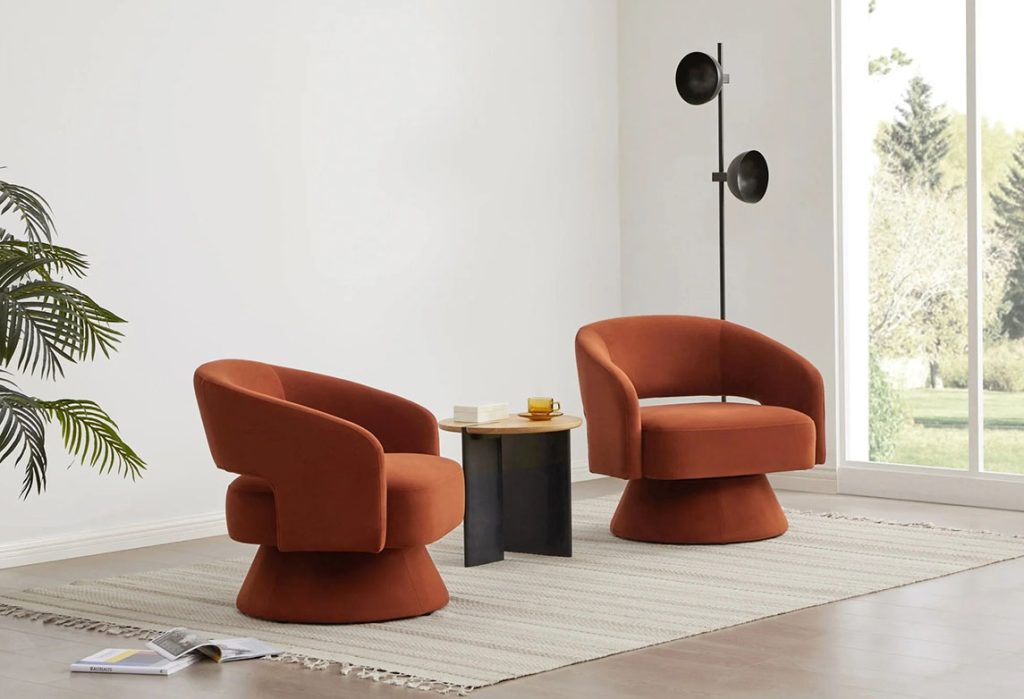
4. Choosing the Right Size
When selecting an accent chair, size matters. A chair that is too large can overwhelm the space, while one that is too small may look out of place. Consider the following:
- Proportion to Other Furniture: The accent chair should be in proportion to the other furniture in the room, especially your sofa. If you have a large, deep sofa, opt for a similarly proportioned chair to create balance.
- Scale of the Room: Pay attention to the scale of the room. High-back chairs may suit rooms with high ceilings, whereas smaller chairs may be better for cozier spaces.
- Seat Height: Ensure the chair’s seat height aligns with that of your sofa, especially if they’ll be placed close together. Mismatched heights can make the room feel unbalanced.
- Consider Movement Space: Leave enough room around the chair for easy movement. If the chair is next to a coffee table or another piece of furniture, make sure there’s enough clearance to walk around comfortably.
5. Material and Fabric Options
The fabric or material of an accent chair has a significant impact on both its appearance and durability. When choosing the perfect seat, you’ll want to weigh aesthetics, comfort, and maintenance:
- Leather: Leather is a durable and stylish option. It adds a touch of luxury to the living room and can withstand regular use. Leather is easy to clean, but it can show wear over time, adding a natural patina.
- Velvet: Velvet accent chairs are rich in texture and offer a glamorous, sophisticated look. Velvet is best for rooms where comfort and elegance are the main goals, but it may require more care to avoid staining.
- Linen and Cotton: These fabrics are popular for their breathability and softness. They are excellent choices for more casual, relaxed living rooms. However, they may be prone to staining, so consider fabric protectors.
- Synthetic Fabrics: Polyester or microfiber options are affordable and easy to clean, making them perfect for families or high-traffic areas.
- Wood or Metal Accents: If you prefer a more structured look, accent chairs with exposed wood or metal frames can add an industrial or rustic vibe to the room.
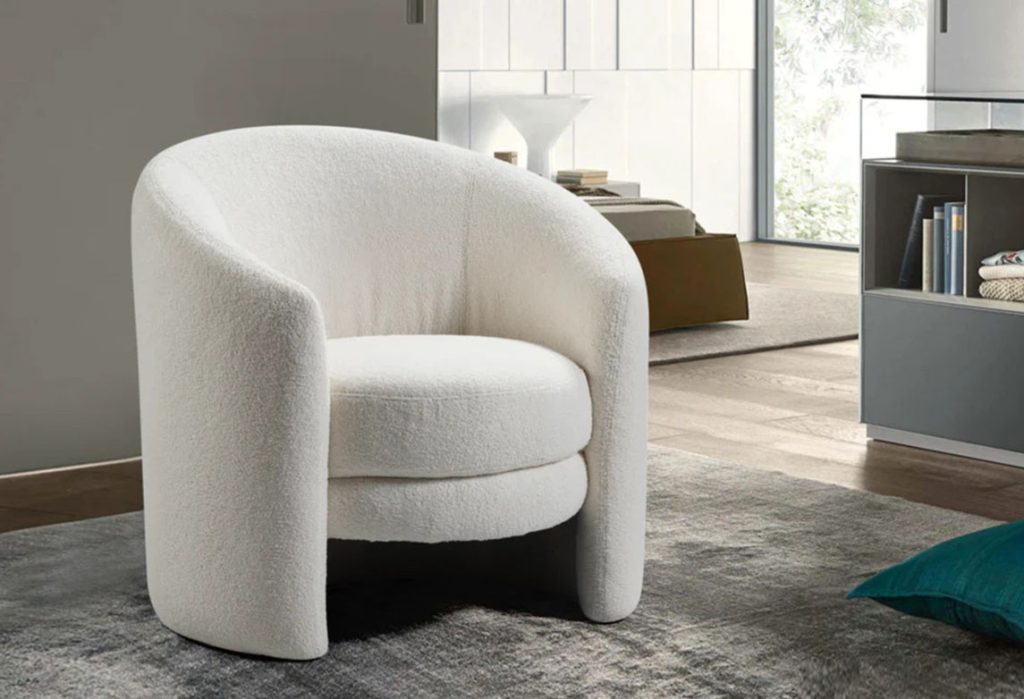
6. Balancing Comfort and Style
While style may draw you to a specific chair, comfort should not be overlooked. Since accent chairs can be both decorative and functional, finding the right balance between the two is key:
- Cushioning: Look for a chair with enough padding, especially if it will be used regularly. Firmer chairs may offer better support, while softer, plush chairs are ideal for lounging.
- Backrest and Armrest: Depending on your needs, consider the height and design of the backrest and armrests. Higher backrests are better for reading or lounging, while lower profiles are more casual and modern.
- Test Before Buying: Whenever possible, try sitting in the chair before purchasing. Everyone’s idea of comfort is different, and what looks great may not always feel good for extended periods.
7. Matching the Chair to Your Living Room Style
Your accent chair should either complement or contrast your existing decor, depending on the effect you want to create:
- Matching Style: If your living room has a cohesive theme, like mid-century modern or traditional, choose a chair that fits seamlessly with the style. For example, a sleek, minimalist chair for modern spaces or a plush armchair for a more traditional look.
- Contrasting for Impact: Alternatively, you can use an accent chair to create contrast. A bold color or unique pattern can stand out against neutral tones or simple decor.
- Patterns and Textures: Don’t be afraid to experiment with patterns and textures. Florals, geometric designs, or textured fabrics like tweed can add visual interest to the room.
8. Final Considerations: Budget and Durability
Before making a final decision, consider your budget and how long you expect the chair to last:
- Budget: Accent chairs come in a wide range of prices. Determine your budget ahead of time and look for chairs that offer a balance of quality and affordability.
- Durability: If the chair will see heavy use, invest in one made with durable materials and high-quality construction.
Choosing the perfect accent chair for your living room involves more than just picking something that looks good. You’ll need to think about the size, style, comfort, and how it fits into your overall space. By considering these factors, you can find an accent chair that not only enhances your living room’s decor but also provides a cozy and functional seating option.
